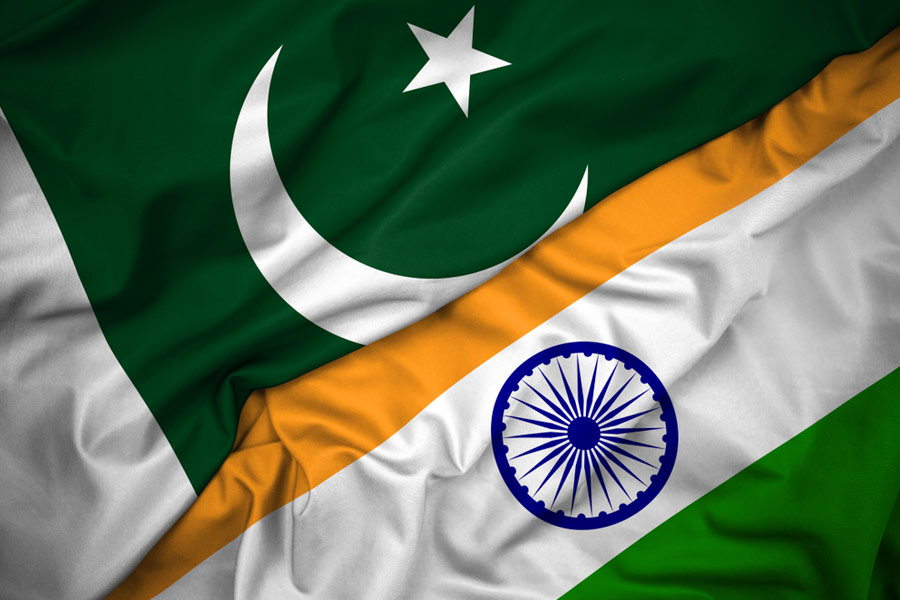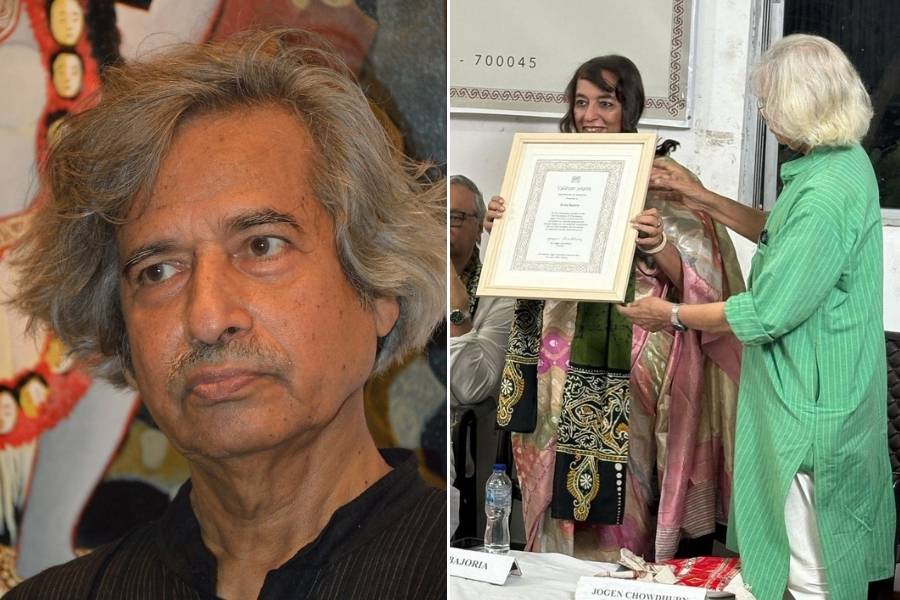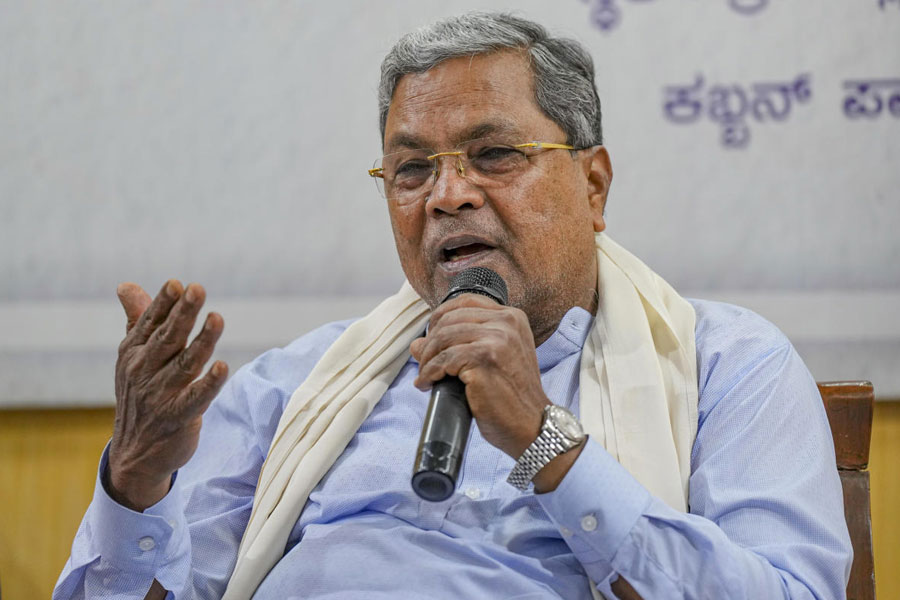 |
In the 1980 Hindi film, Dostana, a feisty Zeenat Aman grabs a smart alec who was teasing her by the scruff of his neck and drags him to a police station. Amitabh Bachchan — who plays a police officer in the film — listens patiently to Aman’s complaint, and then has the ruffian put behind bars. You wouldn’t expect a bikini-and-sarong-clad woman to walk into a police station, demand justice and get it, especially not in a 1980 Bollywood film. But it seems to have happened. Cue for a round of victory whistles and high fives, you think.
You are, of course, stopped mid-high-five. You were hopeful (read: stupid) enough to believe that justice had been served with the imprisonment of the bad guy; you deserve a reality check. After the roadside Romeo has been locked up, it is Bachchan’s turn. He looks Aman up and down, and then asks her, “Iss tarah ke kapde pehn kar agar aap bahar sadak peh niklenge, toh gundo ke ceeteeya nahi bajenge toh kya mandir ki ghantiya bajegi?” Which loosely translates into, “If you wear such clothes on the street, do you expect to hear the chime of temple bells instead of wolf whistles?” (Never mind that Aman made it clear that she was going for a swim, an activity for which the general practice is to wear swimsuits. And the sadak in question here was the beach.) To make matters worse, Bachchan says, “Har woh kaam, jise dusro ko pareshaani ho, personal nahi ho sakta.” You wouldn’t need a translation to decipher what he said. Bollywood teaches you to finish its sentences and guess its thoughts.
No surprise there. Even though there is a slight pang of regret. So close, you’d think. They were so close to getting it right before they ruined it. But Bollywood has largely been blatant in its stereotypical depictions — and judgments — of people and social situations. The Trinamul Congress MLA, Chiranjeet Chakraborty, blamed the sexual harassment of a girl on the length of her skirt. Before you go purple with rage, think about the Dostana police station scene. And there you have it: the unnamed menaces plaguing the nation suddenly have a face. It’s one of many faces, but it is a rather large, florid, difficult-to-miss face. Because in India, Bollywood isn’t commonplace. The influence it wields, and the minds it shapes, cannot be gauged or counted. All you know is that for almost every human rights violation, misogynistic act and reckless death, you are likely to find a dozen celluloid parallels. In movie-crazy India, Bollywood tells people what to do, and they listen.
It is no secret that Bollywood has always resented having this responsibility thrust upon it. It doesn’t want to be held accountable for what happens to women on the streets or to youngsters in speeding cars. Its trashy films tell you that it does not take itself seriously, and you shouldn’t either. But it doesn’t quite work that way. Govinda or Arshad Warsi songs, where the hero and his male friends surround a woman and proceed to sing and boogie around her (remember “Aankh maare, o ladka aankh maare”? — so do I) are hugely popular; such behaviour is regularly reenacted everywhere, from weddings to drunken parties, ‘in jest’. It’s all a bit of fun; you don’t take these things seriously. Then, when that behaviour spills onto the streets, you realize there is a scarily large number of people who do.
The ruthless politician, Ramadhir Singh, played to perfection by Tigmanshu Dhulia in Anurag Kashyap’s Gangs of Wasseypur 2, says, “Jab tak Hindustan mein cinema bante rahenge, public bewakoof banti rahegi; sabke dimag mein apni kahani chal rahi hai aur sab apni kahani ke hero hai (People shall keep getting fooled for as long as films are made in India; everyone’s got his own movie — of which he is the hero — running in his head).” One would call that a rather sweeping statement. But Bollywood is apparently a hundred years old. If I were only to think of some of the things that have gone wrong from the beginning of 2012 — the Guwahati molestation, the gang rape of a minor girl in Patna or the violence at Maruti’s Manesar plant — most of which came to light amidst countless others that didn’t, I daresay I’d find Hindi films that openly or indirectly valorize such acts. Perhaps then I’d be inclined to agree in part with the fictitious Singh.










